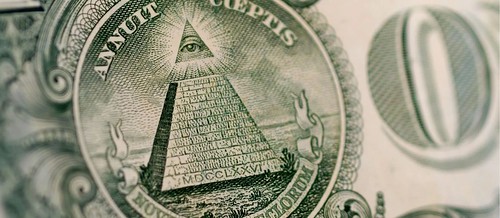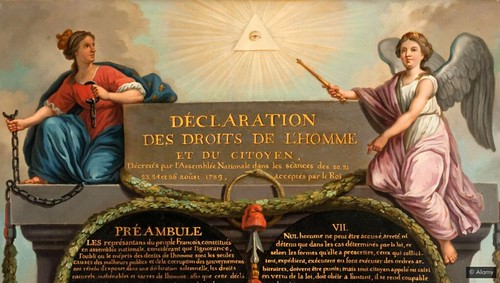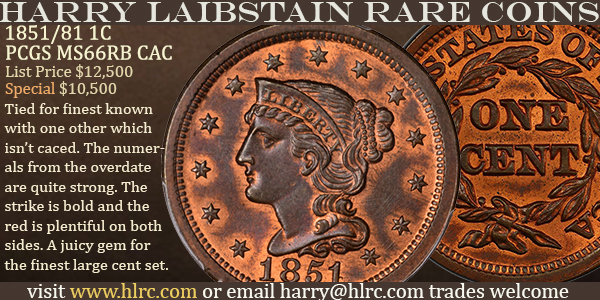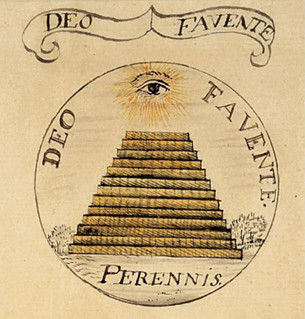
PREV ARTICLE
NEXT ARTICLE
FULL ISSUE
PREV FULL ISSUE
THE EYE OF PROVIDENCEThis BBC article explores the history and meaning of the Eye of Providence, the mysterious symbol adorning U.S. paper money and medals. -Editor

Conspiracy theories thrive on cryptic symbols and covert visual signs. The ‘Eye of Providence' – an eye set within a triangle – is one such symbol, associated with Freemasonry but also linked with the apocryphal Illuminati, a secret group of elite individuals allegedly seeking to control global affairs. The Eye of Providence is a lightning rod for conspiracy theorists because it is very much hidden in plain sight: not only does it appear on countless churches and Masonic buildings worldwide, it also features on the reverse of the American one-dollar bill as well as the Great Seal of the United States. In truth, it's an uncanny and frankly odd choice for a US symbol of state. The disembodied eye strongly conveys the sense of a prying authoritarian Big Brother. In combination with the pyramid beneath it, we have emblems suggesting an ancient and esoteric cult. So, what are the origins of the Eye of Providence, why does it fascinate us so much, and why is it frequently connected with the Freemasons and the Illuminati? Originally the Eye of Providence was a Christian symbol, and the earliest examples of its use can be found in religious art of the Renaissance period to represent God. An early example is Pontormo's 1525 Supper at Emmaus, although the symbol itself was painted on later, perhaps in the 1600s. Another key source of the icon was in a book of emblems called the Iconologia, published first in 1593. In later editions, the Eye of Providence was included as an attribute of the personification of ‘Divine Providence', ie God's benevolence. As the name of the symbol and its early usage suggest, it was invented as a sign of God's compassionate watchfulness over humanity. Nobody is certain who originally invented it, but whoever did crafted it out of a set of previously existing religious motifs. The triangle was a long-standing symbol of the Christian Trinity of Father, Son and Holy Spirit; sometimes in previous centuries God was even depicted with a triangular halo. The rays of light that are often shown emanating from the symbol are also a pre-existing sign of God's radiance in Christian iconography. But what are the origins of that eerie disembodied eye? God had been depicted in numerous cryptic ways before, such as by a single hand emerging from a cloud, but not as an eye. But there is a deeper history to the eye as a symbol to consider – one that takes us back to the earliest known religions. In the third millennium BCE, the Sumerians conveyed the holiness of certain sculptures by abnormally enlarging their eyes to enhance the sensation of dutiful watchfulness. They even held ceremonies in which artists brought the sculptures to life by ‘opening' the figures' eyes.

The Eye of Providence appeared in Le Barbier's 1789 The Declaration of the Rights of Man and of the Citizen In post-revolutionary France, Jean-Jacques-François Le Barbier's 1789 The Declaration of the Rights of Man and of the Citizen featured the text of the radical new declaration with the Eye of Providence at the top. In this case, it has become an instrument of paternalistic reason watching over the newly egalitarian nation.
To read the complete article, see:

Wayne Homren, Editor The Numismatic Bibliomania Society is a non-profit organization promoting numismatic literature. See our web site at coinbooks.org. To submit items for publication in The E-Sylum, write to the Editor at this address: whomren@gmail.com To subscribe go to: https://my.binhost.com/lists/listinfo/esylum All Rights Reserved. NBS Home Page Contact the NBS webmaster 
|
